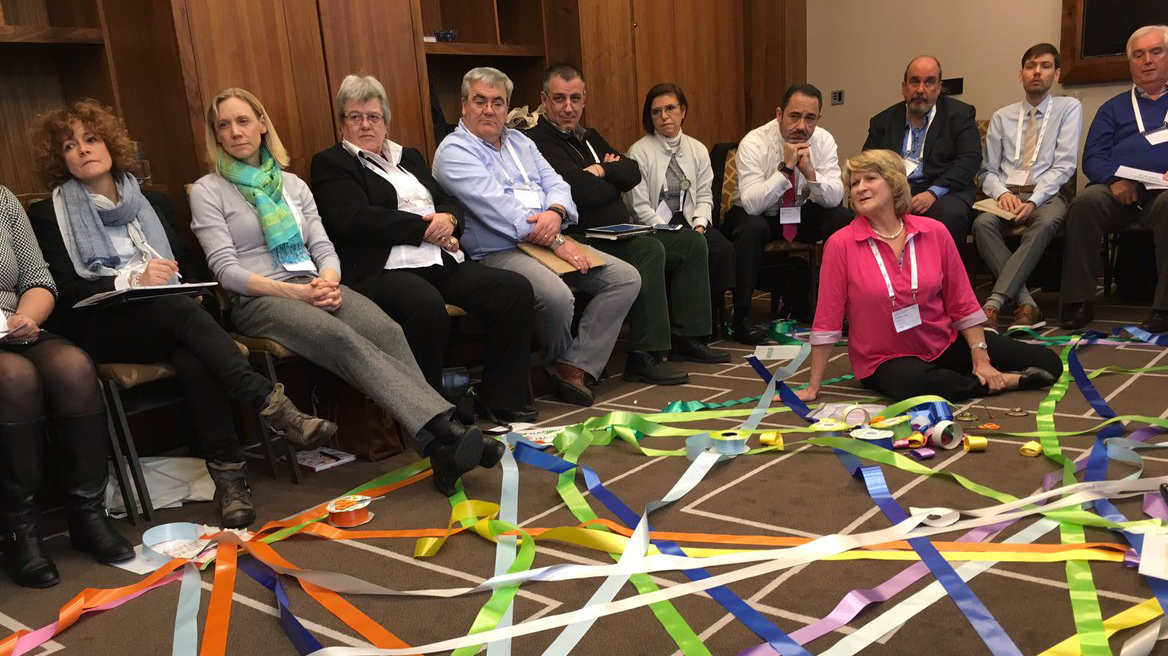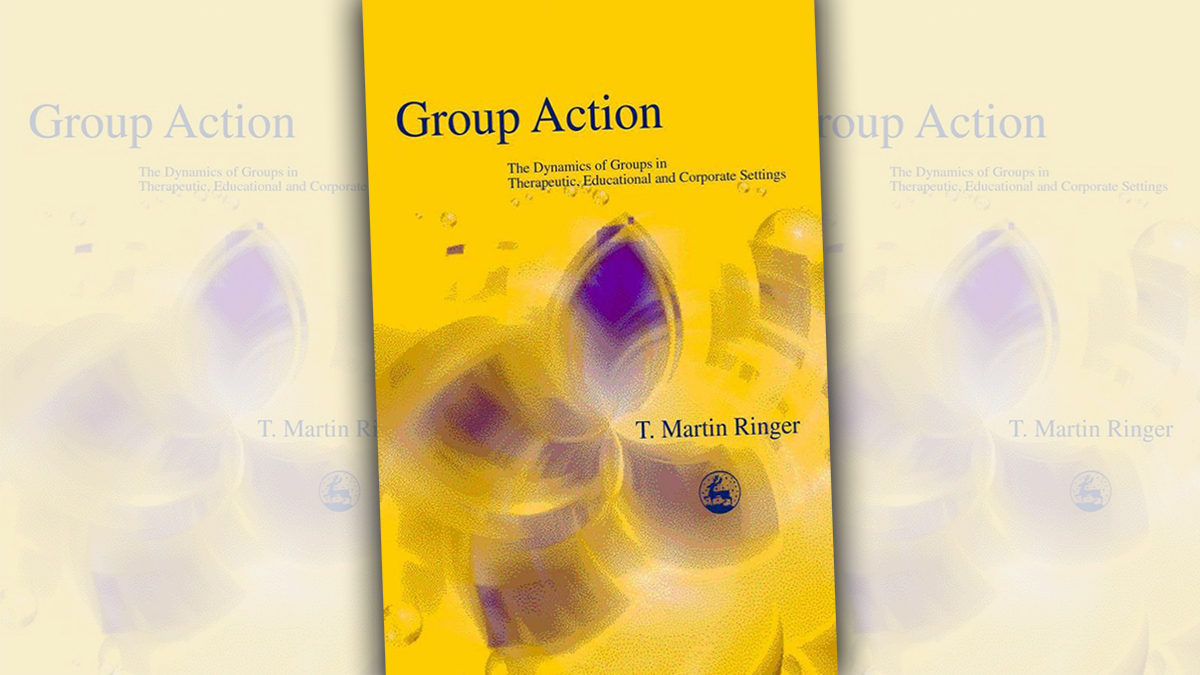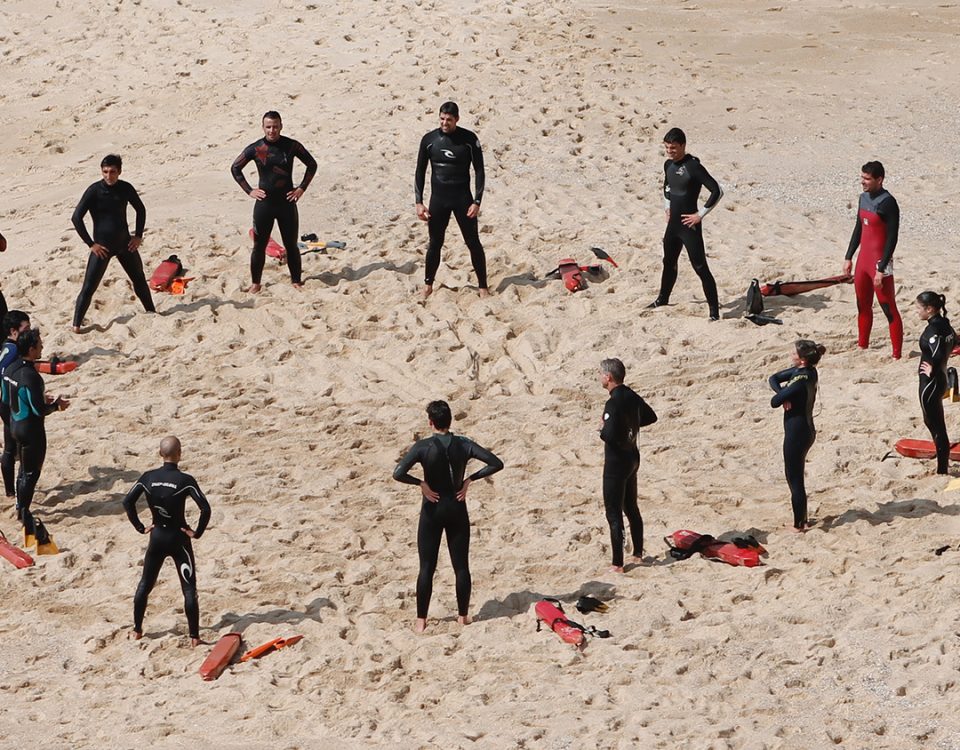
Individual coaches and multiple stakeholders
30th March 2017
A key book for facilitators and supervisors working with groups
12th June 2017Multi-tasking, mindfulness and tai-ji

I was away over Easter for a week of tai-ji in Switzerland. I’ve been working with tai-ji for 20 years now, beginning with a workshop in Turkey I was invited to one summer called Touching Stillness. In the olive groves and mountains of Turkey, we did actually touch stillness. What became evident to me on this initial programme was that if we start from a still place, we have more choice about which direction to go in, rather than stumbling along on a path out of habit, or one that we may not have chosen. I’ve been with the same teacher, Ad Brugman, ever since, practising tai-ji and learning mindfulness meditation.
I’ve been rather out of touch with the physical practice of tai-ji over the past couple of years, but during my week away at Easter I rediscovered the joy of following a sequence of movements with 150 other people. As each of us focused on making a circle with our arms all together it felt as though we could almost take the roof off the workshop space! It’s a very gentle practice of focussed, controlled movement, following the flow of energy from our centre (tantien), and feels very calming and connected with others.
I’m constantly struck these days that much of the time, we’re racing along the street, plugged in, looking at our phones, getting interrupted, and fighting our way through the crowd. In contrast, tai-ji practice is about going with the flow of movement and energy, in balance (physically, mentally and emotionally), not forcing, allowing this to evolve, staying present to the movement that we are following, with mindful attention on just this movement.
As one example, it’s difficult to be downcast when you’re lifting your hands above your head, almost in a movement of praise or celebration for the sky above. The very physicality of the gestures is uplifting, and working with that has informed my supervision practice. If I’m following a tai-ji gesture or sequence of movements, but worrying about the next series, then the current gesture is truncated and incomplete; whereas if I keep my attention on this gesture and follow it through, then the movement will be complete and will naturally flow into the next one.
This has also helped me re-evaluate the notion of multi-tasking. When I try to do five tasks at once, I find that I don’t complete any of them, but tend to juggle, often distractedly, in ‘incompleteness’. But when I focus on one task and complete it, then my energy and attention is free to engage with the next task and complete that. As I write, I’m aware that this is at the heart of all mindfulness practice – which has become increasingly popular in the world of coaching and supervision.
I had a client the other day who described how she prepared for our session. After a morning walk and yoga practice, she felt ready, but 20 minutes before we started, she ‘got hooked’ and thought, ‘I’ll just have a quick look at my emails’, and it really threw her off balance. She didn’t respond to the emails, but she read them all, and found that her attention became fragmented. So when we met and I asked, ‘How are you?’ she replied, ‘I’m discombobulated.’
I think this sort of fragmentation is happening to us all the time. I have thus found that my practice of tai-ji helps me to stay focused, be present to what is happening here and now, enjoy the moment rather than wondering what I’m going to do later today, or tomorrow, or next week. I believe we need those qualities of focus and attention in our life and practice.
Image: Wellcome Images




